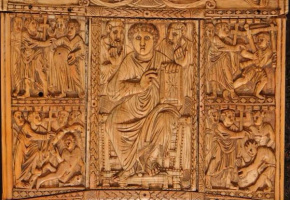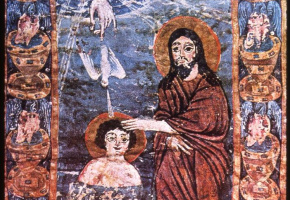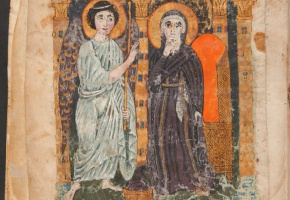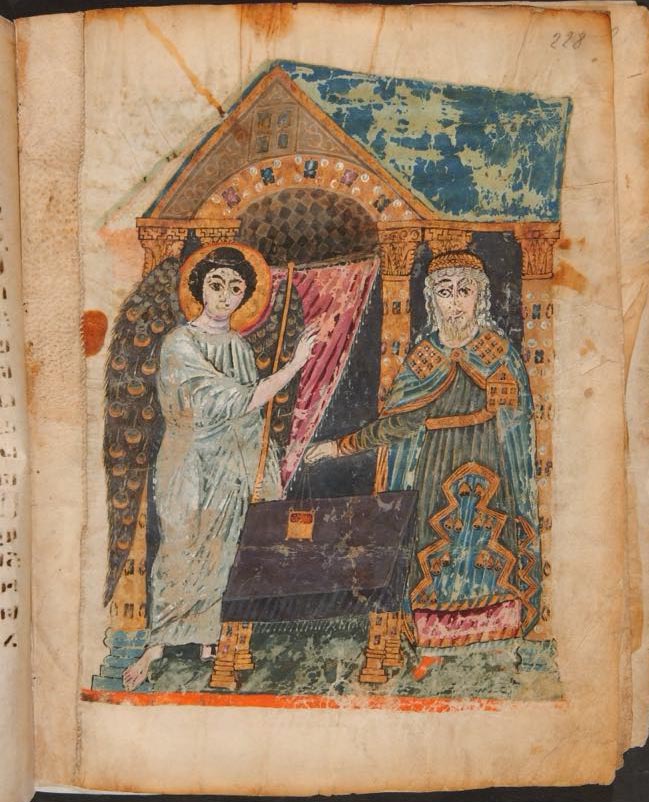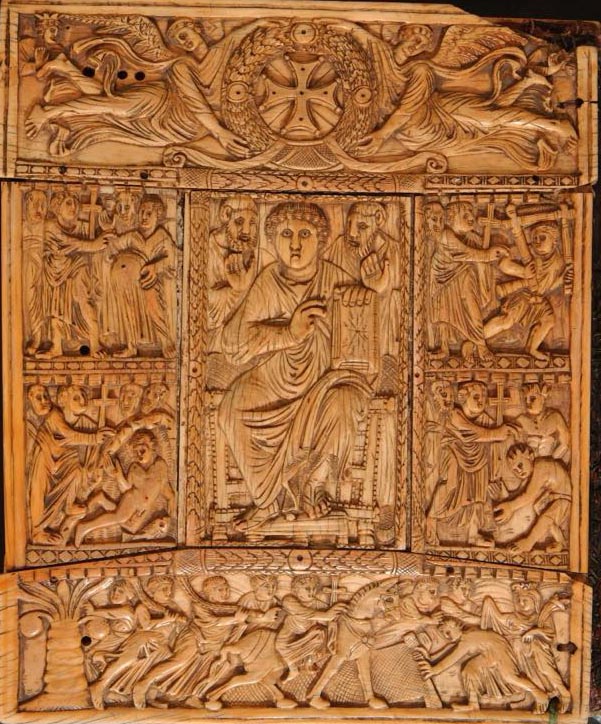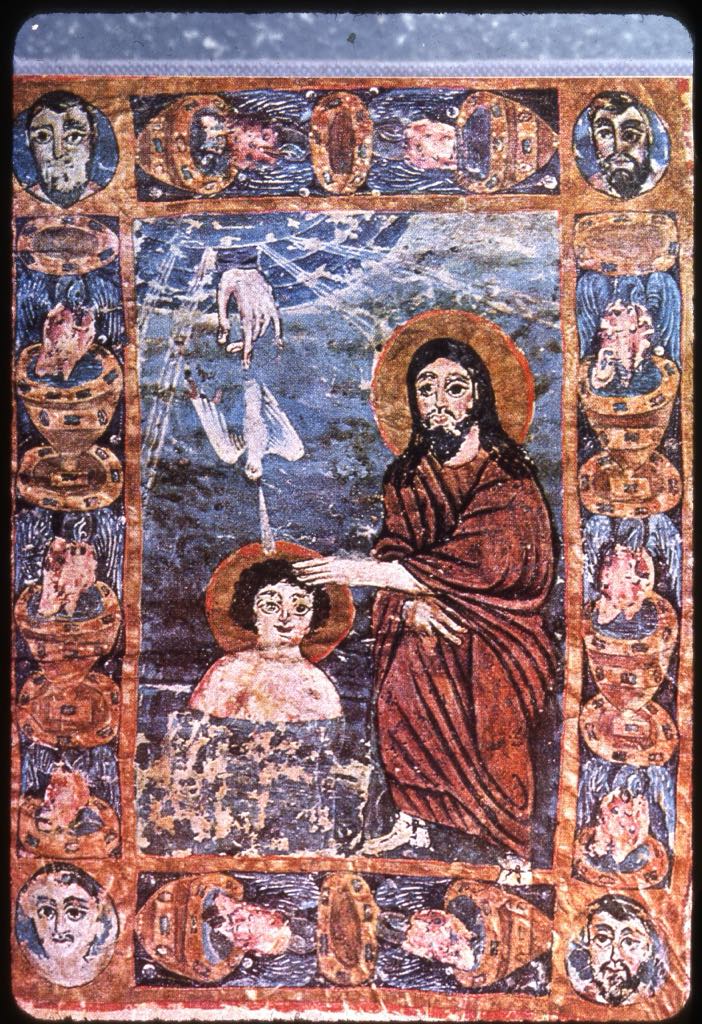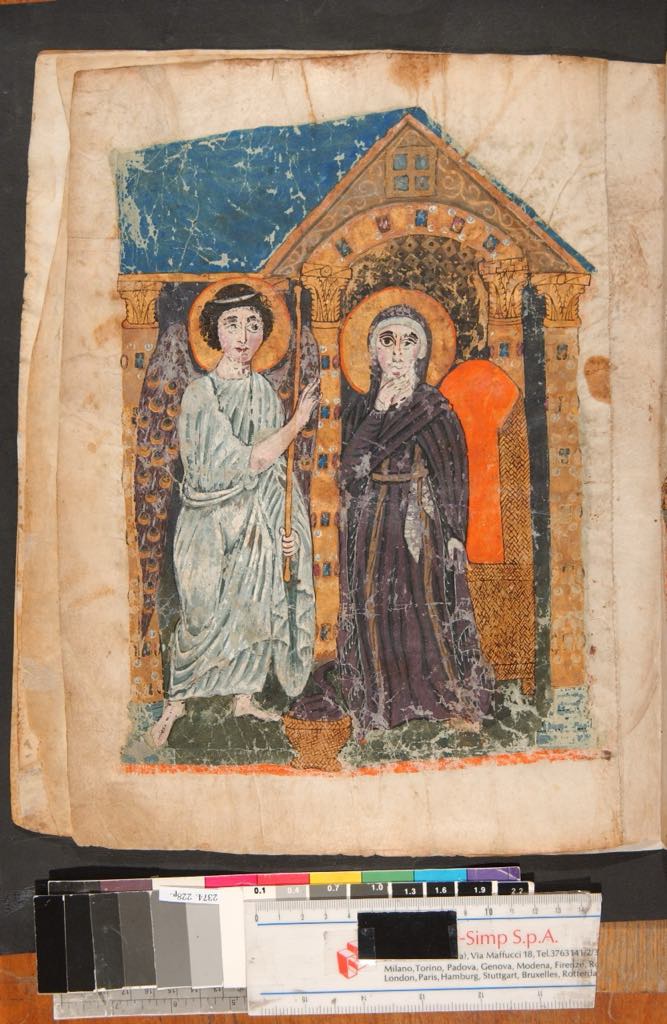July 02, 2025 | 10:14
Research
Publications and scientific journals
Culture
Armenian manuscript art of the early Christian period began to develop as early as the 5th century - YSU Associate Professor Seyranush Manukyan
The study of the ivory binding of the "Etchmiadzin Gospel" manuscript, along with four illuminated folios appended at the end of the codex, indicates that Armenian manuscript art began to develop as early as the 5th century, according to Seyranush Manukyan, Associate Professor at the Chair of History and Theory of Armenian Art, YSU Faculty of History.
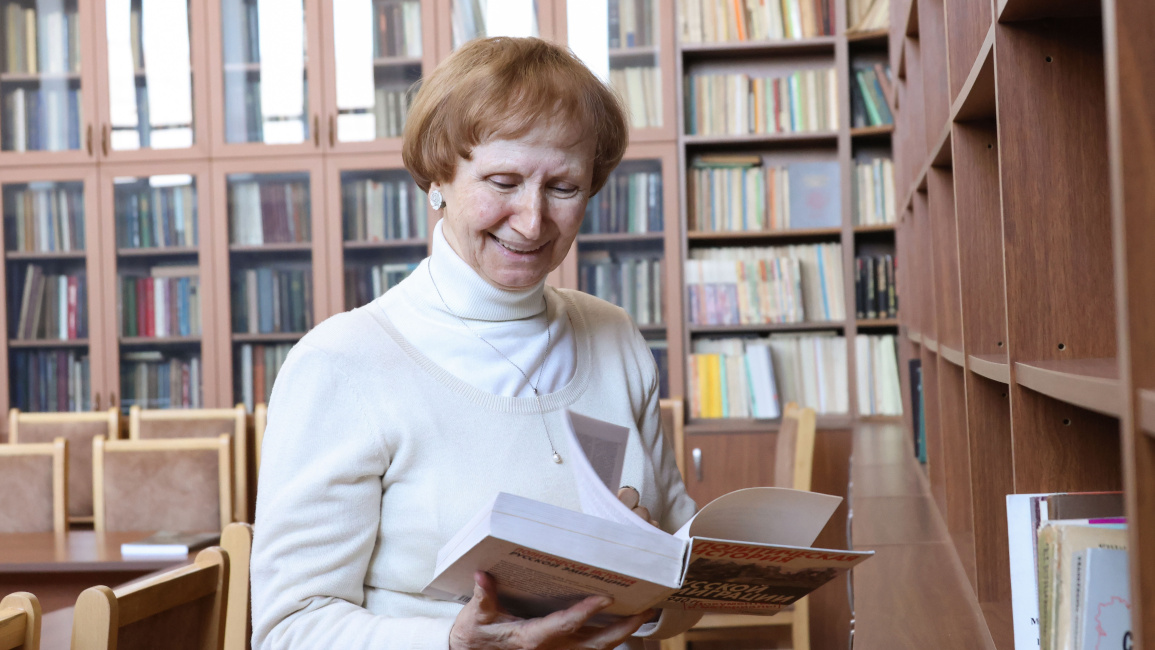
Seyranush Manukyan has authored approximately 128 scholarly works dedicated to the study of Armenian medieval art. Her article titled "Armenian Manuscript Art of the Early Christian Period" was published in "Old Russian Art" (Древнерусское искусство), a journal published in Moscow, which occasionally issues volumes dedicated to the art of manuscript books.
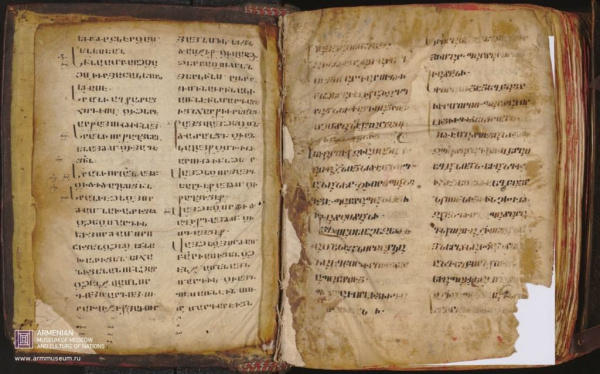
Seyranush Manukyan notes that manuscripts from the early Christian period are extremely scarce and primarily include Armenian, Syriac, and Greek examples. "One of the few extant Armenian manuscripts is the 'Etchmiadzin Gospel'. It was written and illustrated in the 10th century, yet the last four illustrated folios attached to it date back to the 6th–7th centuries. Moreover, the manuscript has an ivory binding dating from the first half of the 6th century," she explains.
YSU associate professor from YSU Faculty of History affirms that Armenian manuscript art of the early Christian period began to develop as early as the 5th century. "The ivory binding of the 'Etchmiadzin Gospel' features relief images characteristic of early Christian art and is dated to the first half of the 6th century. The four folios depict themes typical of the 6th–7th centuries. Based on my research, I have concluded that the Armenian manuscript art of the early period predates these monuments—namely the four folios and the ivory binding", said Seyranush Manukyan, emphasizing that this conclusion is based on iconographic and stylistic analysis. "The imagery seen on the ivory binding and in the four folios reflects a highly developed level of manuscript and miniature art. Therefore, they could not have been the first works of Armenian manuscript art. Rather, they are evidence of a more ancient tradition."
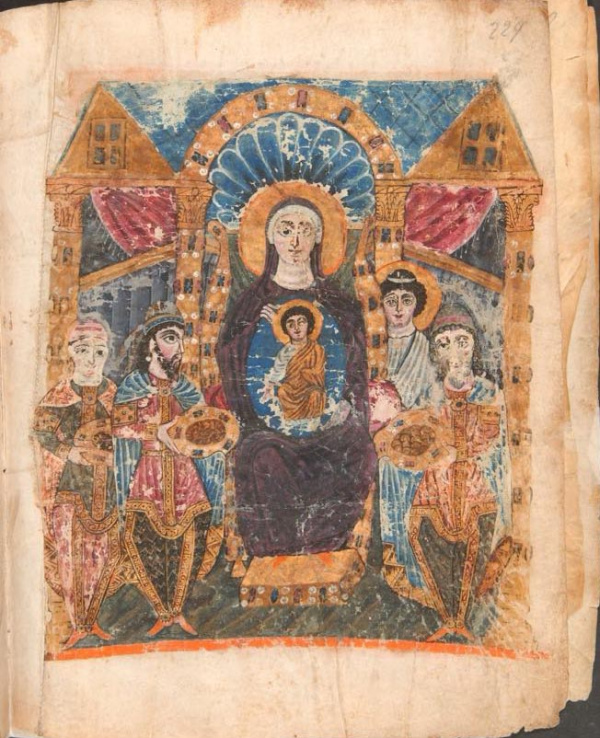
Describing the four illustrated folios appended to the "Etchmiadzin Gospel", she noted that they are adorned with miniatures of four scenes: "The Annunciation to Zechariah", "The Annunciation to Mary", "The Adoration of the Magi", and "The Baptism". Seyranush Manukyan links the iconography of these scenes to Christian apocryphal texts, particularly the "Protoevangelium of James" and the Armenian narrative "The Childhood of Christ".
According to her, these miniatures are connected to the earliest Christian imagery, including Syriac manuscripts from the 6th century, Coptic art of the 6th–7th centuries, and the wall paintings of Lmbatavank in Armenia—thereby establishing a link between these miniatures and early Christian monuments of the 6th century.
Seyranush Manukyan highlighted that manuscript creation during the early Christian period occurred not only in major centers like Constantinople, Alexandria, Antioch, and Aksum but also in Armenia—and specifically in Etchmiadzin. "In my view, Armenian manuscript art of the early Christian period began developing in the 5th century, the era in which Mesrop Mashtots created the Armenian alphabet. Although no 5th-century miniatures have survived, we do have samples of 5th-century manuscript art, including Gospels. This attests to the transcription of various types of manuscripts in the 5th century—Gospels as well as original Armenian works," she stated.
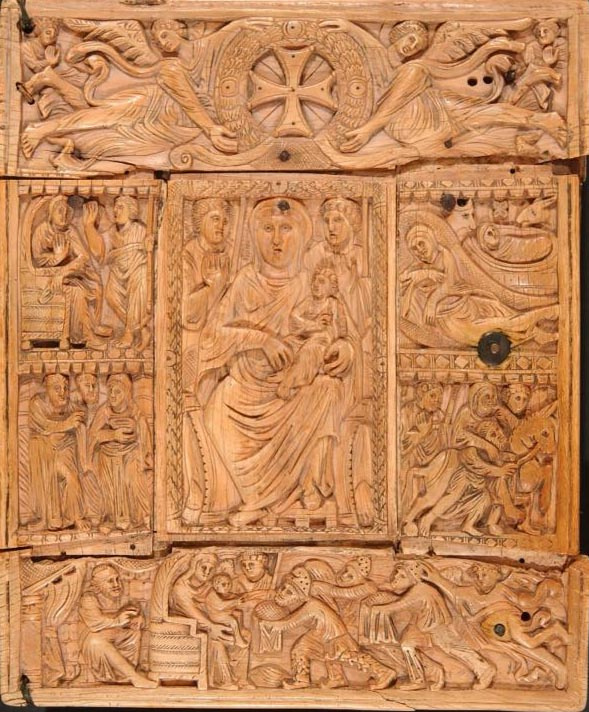
The art historian further affirms that the ivory binding of the "Etchmiadzin Gospel" is a work from the first half of the 6th century. "The ivory binding is a masterpiece of Christian art. We can confidently say that the manuscript—with its ivory binding and appended folios—is the most valuable manuscript in Armenian art. It is also among the most treasured monuments of early Christian heritage worldwide. Only three such bindings exist: one in Ravenna, and another in the National Library of Paris."
Seyranush Manukyan highlights that the ivory binding of the "Lupicinus Gospel", kept at the National Library of Paris, depicts nearly identical scenes to those on the "Etchmiadzin Gospel". "Among these are Christ’s healings. Additionally, both bindings have the same sizes, which suggests that they may have been created in the same workshop."
The ivory binding of the "Etchmiadzin Gospel", with its five-part structure and selection of early Christian scenes, is also linked to other ivory artifacts dated to the 6th century. In most of these works, Christ is depicted with a beard, whereas in the "Etchmiadzin Gospel", he is portrayed as a beardless youth—a representational type that can be found even in earlier periods. Thus, we can confidently date the ivory binding of the "Etchmiadzin Gospel" to the first half of the 6th century.
The art historian emphasizes that the 989 manuscript itself served as a model for the illustration of Gospel manuscripts in later centuries. "On the one hand, the miniatures in this 10th-century codex echo visual motifs from the 6th–7th centuries. On the other hand, they also exhibit elements of the illustrative system found in later Armenian Gospels. In this regard, the "Etchmiadzin Gospel" is a true masterpiece, encapsulating three distinct and valuable monuments."
In her article, the associate professor also presents the development process of Armenian manuscripts, their various scripts, the principles of miniature painting, the characteristics of Armenian pigments and parchment, and other significant information. She also identifies differences between Armenian Gospels and their Greek and Latin counterparts, particularly the Armenian scribes’ use of rubrication (text division) and design, which allowed them to combine the Four Gospels and the Book of Gospel Readings into a single manuscript. The author suggests that a model for editing and designing the Gospel existed in Armenia, originating from the work of Mesrop Mashtots.

